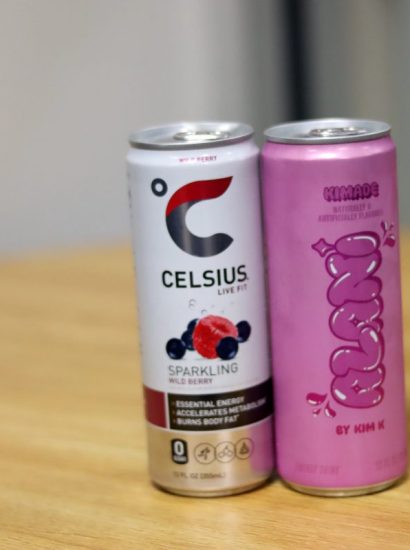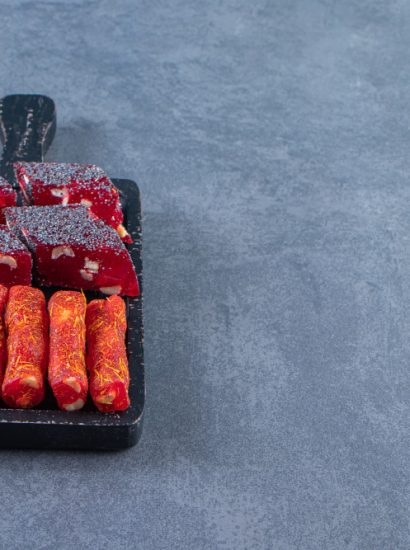Economic Bee Hoon is a staple on Singapore’s hawker scene—a comforting plate of stir-fried rice vermicelli, egg, vegetables, and aromatics served with soft-boiled eggs and a dollop of chili. Quick to whip up, low on cost, and packed with flavor, this no-frills dish has earned its place in local kitchens and stalls. In this 1600-word guide, we explore the history, ingredients, cooking steps, flavor hacks, nutritional insights, variations, serving suggestions, kitchen tips, and wrap up with common FAQs.
A Brief History of Economic Bee Hoon
Originating in the 1970s–80s, Economic Bee Hoon earned its moniker from its affordability and minimalist prep—often costing just a dollar (a sign jackpot) back then. As hawker culture blossomed, it became a go-to for students and workers: fast, filling, and wallet-friendly.
The dish embraces humble ingredients—bee hoon (rice vermicelli), cabbage, carrots, eggs, and garlic—all stir-fried simply with light seasonings. Today, it remains a beloved icon—comfort food with roots in Singapore’s energetic food scene.
Ingredients You’ll Need
For four servings of satisfying breakfast Bee Hoon, gather:
- 300 g dried rice vermicelli (bee hoon)
- 2 tbsp vegetable oil
- 3–4 cloves garlic, minced
- 1 medium onion, sliced
- 2 large eggs, lightly beaten
- 1 cup shredded cabbage
- ½ cup grated carrot
- 2 stalks scallions, sliced
- 2 tbsp light soy sauce
- 1 tsp oyster sauce (optional)
- ½ tsp white pepper
- 1 tsp sesame oil
- Garnishes: fresh cilantro, fried shallots
- Side condiments: chili sauce or sambal, soft-boiled egg
All ingredients are inexpensive and easily available—ideal for a budget-conscious chef.
Step-by-Step Cooking Instructions
(a) Prepare the Bee Hoon
Soak the vermicelli in warm water for 5–7 minutes until softened but not soggy. Drain and set aside.
(b) Get Your Mise en Place
Have all vegetables chopped, eggs beaten, sauces measured, and garnishes ready. Stir-frying is quick, so preparation is vital.
(c) Start with Aromatics
Heat oil in a wok or large pan over medium-high heat. Sauté garlic and onion for 30 seconds until fragrant and translucent.
(d) Scramble the Eggs
Pour in beaten eggs, let set slightly, then scramble lightly. Push to the side.
(e) Add Vegetables
Toss in cabbage and carrot. Stir-fry 1–2 minutes until veggies soften but retain crunch.
(f) Stir-Fry the Bee Hoon
Add soaked noodles. Stir-fry while breaking up clumps. Drizzle soy sauce, oyster sauce, and sesame oil. Season judiciously with pepper.
(g) Finish with Scallions
Toss in scallions, and stir just long enough to incorporate without overcooking.
(h) Plate & Garnish
Divide among plates. Top with fresh cilantro, fried shallots, and a soft-boiled egg. Serve chili sauce on the side.
Flavor Elevations & Variations
Looking to customize your economical bee hoon? Try these tweaks:
Protein Boost
- Add shredded chicken or prawns pre-cooked.
- For vegetarians, toss in firm tofu cubes or tempeh.
Veggie Add-Ins
- Mix in bean sprouts, baby corn, or peas for extra freshness.
- A handful of chopped spinach or kangkong enriches the greens.
Sauce Upgrades
- Replace light soy with dark soy for color intensity.
- Add hoisin sauce or sweet chili sauce for subtle sweetness.
- Splash of rice vinegar brightens flavors.
Spice Level
- Stir in sambal oelek, Sriracha, or sliced bird’s eye chili for heat.
- Drizzle with chili oil before serving.
Texture Contrast
- Top with roasted peanuts or toasted sesame seeds.
- Add crunchy fried shallots or crispy garlic for extra bite.
Each tweak adds texture, nutrition, or flair while maintaining affordability.
Nutritional Insights & Budget Consideration
Nutritional Snapshot (per serving, approx):
- Calories: 300–350 kcal
- Carbohydrates: 45 g
- Protein: 10–12 g (more if eggs or proteins added)
- Fat: 10–12 g
- Fiber & Micronutrients: From vegetables and scallions
It’s a balanced plate of carbs, protein, and vegetables with low fat—ideal for a budget breakfast or light meal. Total costs usually hit under SGD 3 per serving, making it a smart pick for students or families.
Ideal Serving Occasions & Pairings
While traditionally a breakfast option, Bee Hoon is versatile for:
- Quick weekday breakfast: Wholesome and filling to start the day.
- Lunchbox inclusion: Reheats well—just pop in the microwave for a minute.
- Casual dinners: Still hits the comfort-food spot.
- Brunch table: Pair with kaya toast and kopi for local flair.
Complement with white coffee, iced milk tea, or green tea. Serve with lime wedges to balance the savory flavors.
Kitchen Tips for Best Results
Tip 1: Don’t Over-saturate Soy Sauce
Go easy on soy—start light and adjust after mixing to avoid sogginess.
Tip 2: Wok Hei is Worth It
Stir-fry over higher heat in bursts—keep noodles off the base to mimic smoky hawker flavor.
Tip 3: Keep Ingredients Separated
Cook aromatics, eggs, veggies, noodles sequentially for flavor layering. Combine only near the end.
Tip 4: Prepare Ahead
Chop veggies and eggs the night before for speedy morning assembly.
Tip 5: Master Batch Cooking
Double the recipe for leftovers—store covered in fridge for up to 3 days and refresh in a hot wok.
With prep and technique, it becomes a fast, flavorful, and reliable weekday staple.
Conclusion
The Easy Economic Bee Hoon recipe captures Singaporean resourcefulness: fast, affordable, and bursting with flavor. Its simplicity belies the complexity of taste and texture which make it satisfying and nostalgic. With step-by-step guidance, smart ingredient swaps, and pro tips, this dish is a keeper for any home cook. Enjoy it for breakfast, lunch, dinner, or anytime hunger strikes—but always remember: a little sesame oil and wok heat makes all the difference.
FAQs
1. Can I make economic bee hoon gluten-free?
Yes—the rice noodles are naturally gluten-free. Simply use tamari or gluten-free soy sauce instead of regular soy.
2. Can I skip the eggs?
Absolutely! Scrambled eggs add richness and protein, but the dish works perfectly vegetarian without them.
3. What’s a good make-ahead tip?
Soak the noodles and chop veggies the day before. Store separately. When ready, stir-fry in under 10 minutes for quick comfort.
4. How do I prevent soggy noodles?
Avoid over-soaking; drain completely. Stir-fry over high heat with minimal sauces. Use oil to keep strands separate.
5. Can I freeze leftovers?
Yes—store cooled leftovers in an airtight container and freeze. Reheat by stir-frying with a splash of water or stock until heated through.
Also read: Treehouse BBQ – Elevated Dining with a Smoky Twist Among the Trees









